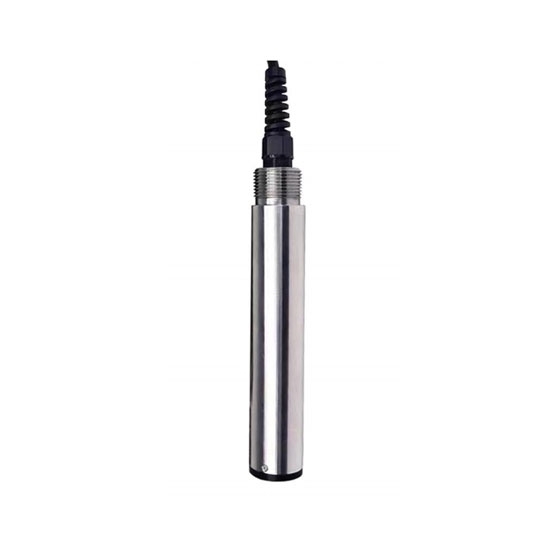
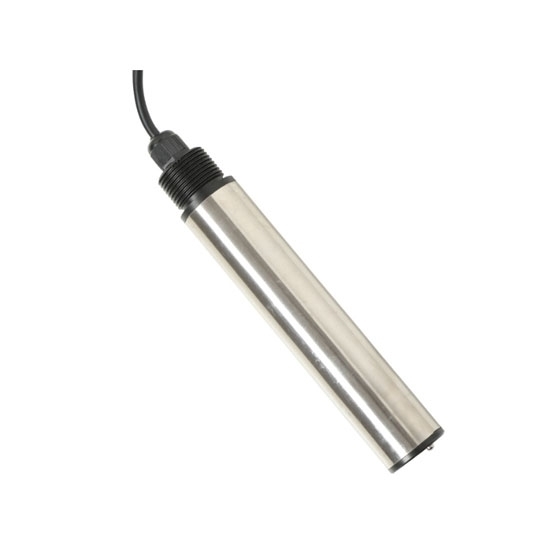
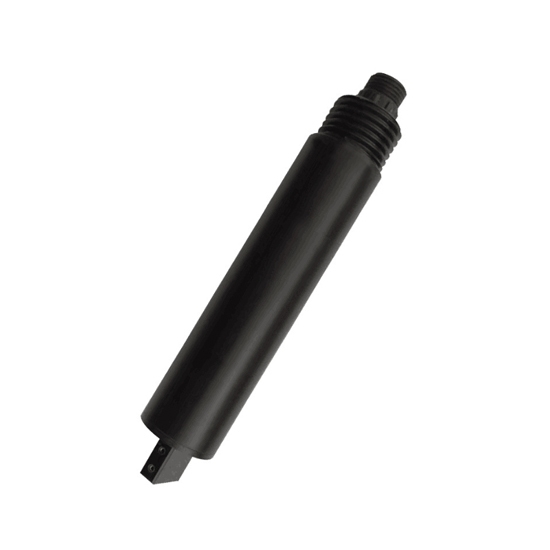
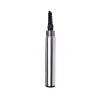
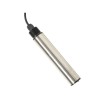
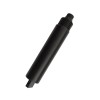
- Stock: In Stock
- Model: RDDLZ-WQS-SS
- Weight: 1.00
- SKU: RDDLZ-WQS-SS
Available Options
Highly accurate suspended solids water quality sensor with a 0.5~2000mg/L range, offers dual electrodes, RS485 output, IP68 protection, and automatic cleaning to remove air bubbles. It supports reagent-free, eco-friendly, and anti-interference operation, ideal for wastewater, sewage, and aquaculture monitoring.
Specification
| Model | RDDLZ-BSK-SS-100 |
| Measuring Range | 0.5 ~ 2000 mg/L |
| Accuracy | ±2% |
| Resolution | 0.1 mg/L |
| Stability | ≤1 mg/L per 24 hours |
| Output Signal | RS485 (Standard Modbus-RTU protocol, default address: 01) |
| Power Supply | 12~24V DC |
| Operating Environment | Temperature: 0~60°C; Humidity: ≤85% RH |
| Power Consumption | ≤0.5W |
Feature
- High Stability: This suspended solids sensor provides excellent data stability for accurate and reliable measurements.
- Compact & Portable: Highly integrated design with small size, low power consumption, and easy installation.
- Cost-Effective: Designed to deliver high performance at low cost, the water quality sensor is ideal for budget-conscious monitoring solutions.
- Durable & Reliable: Offers long service life and high reliability, reducing maintenance needs in continuous suspended solids detection.
- Strong Anti-Interference: Equipped with a four-electrode structure to resist complex field interference, with waterproof rating up to IP68.
- Long-Distance Transmission: Uses high-quality low-noise cables to ensure signal output distances over 20 meters for remote monitoring.
- High Repeatability: Ensures consistent and repeatable data, enhancing confidence in long-term suspended solids measurements.
- Light-Resistant: The suspended solids water quality sensor remains unaffected by ambient light, ensuring stable operation under various lighting conditions.
Wiring Diagram
Installation Method
| A | B | C |
| Sidewall Mount | Top Flange Mount | Pipe Turning Mount |
| D | E | F |
| Pipe Turning Mount | Flow-through Mount | Submersible Mount |
Application
Tips: What sets the suspended solids sensor apart from traditional optical turbidity sensors?
Unlike traditional turbidity sensors that rely on light scattering or absorption and are easily affected by ambient light, this sensor measures suspended solids directly through electrode-based conductivity/resistivity methods. This makes it more resistant to light interference, more accurate in highly turbid water, and more suitable for detecting actual particulate concentration (mg/L) rather than indirect optical turbidity (NTU).
